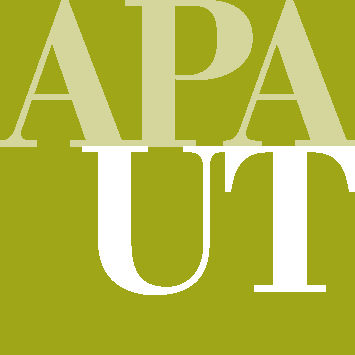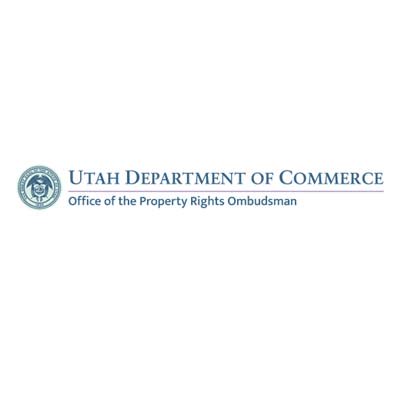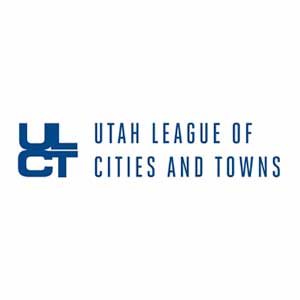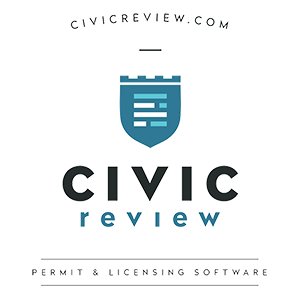Annexation Reform Sorely Needed
August 11, 2020 by admin
Policy/Legislative
Annexation Reform Sorely Needed
by Wilf Somerkorn
wilfsommerkorn@live.com
Recent actions in the Utah state legislature on the issue of annexation and incorporation (see summary of annexation bills) have recalled to memory, for those of us who were around in the 1990s, the stupefying annexation wars that ricocheted around the halls of the Capitol and chambers of local cities and counties at that time. The havoc wreaked by those battles still litters the state code regarding annexations and municipal incorporation, even though in recent years, a kind of resigned “calm” has settled in hopes of avoiding waking the sleeping trolls. This year’s legislative actions threaten to bring much of that chaos back, as evidenced by the bills that were introduced and passed in the general session, and by subsequent actions in two special sessions.
The big fights back in the 90s were over the disposition of developed land in unincorporated county areas, mainly in Salt Lake County. While urban development most appropriately should take place within municipalities – cities and towns are better designed and suited to provide the kinds and quality of services needed for urban development than counties – in times past, this has not always been where development exclusively occurred, for a variety of reasons. Salt Lake County, being the largest and most rapidly growing area for many years, saw substantial development take place in its unincorporated area, and at one point in the 1980s, had a population of some 250,000 residents, which was larger than any municipality in the state.
As the municipalities in the county began to grow more rapidly, they found themselves pressed to provide the services that were being demanded with the revenue at hand. State laws made commercial development particularly lucrative for tax revenue. So, municipalities began to annex commercial areas that had developed in the unincorporated county, to obtain their tax dollars. Frequently, however, these municipalities did not annex associated residential land, either because the residents did not want to be annexed, or more likely the municipal officials recognized that residential development – particularly low-density single-family homes – cost more to service than the tax revenue they generate. Inevitably this began to create a fiscal crisis for the county.
In the 1980s and 1990s, calls from unincorporated area residents and county officials demanded that these revenue-grabbing annexations be curtailed. A myriad of other issues began to mix into the fray as well, such as the lower tax rates that citizens in unincorporated areas were generally paying than those in the adjacent municipalities, old grudges between county citizens and municipal officials, and just the plain old resistance to change. As annexation became more restricted and difficult, citizens in some areas began to turn to municipal incorporation as a strategy to either curtail annexation attempts or to implement their own policies independent of the county. A number of cities were created, such as West Valley and Bluffdale, and subsequently Herriman, Cottonwood Heights, and Holladay.
In the mid-90s, huge battles erupted over these proposed annexations and incorporations in Salt Lake County, with citizens sharply divided over the preferred course of action. Legislative bills were proposed to change the rules favorable to one side or the other, and even lawsuits filed, with the state supreme court finally weighing in with a ruling that said the municipal incorporation law as it existed at the time was unconstitutionally vague.
The 1996 legislative session saw a number of proposals for how to change the annexation and incorporation statutes, with constant fighting and impasses. Finally, on the last night of the session, not long before adjournment, a bill was rolled out by the House speaker that, among other things, allowed for the creation of a new entity called “townships.” Very little study or input had been given to this bill by those who would normally have been involved, such as the Utah League of Cities and Towns, and the Association of Counties. The bill was presented basically as “you better take this because if you don’t, things will be completely chaotic.” The bill passed, but chaos reigned anyway.
To cut the story short, because of the confusion engendered by the bill (just go online to the Deseret News and search for the term “townships” and see all the stories you get), in 1997 the legislature repealed the township provisions, but then had to come back and reinstate a different version later. Other counties around the state had also been dragged into the mess because of the rapid passage of the bill in 1996, and they worked diligently to get the rules for their annexations and incorporations to not reflect the sad situation in Salt Lake County. All in all, it made a mess. Everybody was finally exhausted and after a couple of years of this, and it was decided to just let things rest.
That’s how it’s been pretty much ever since. There have been some modifications to the annexation and incorporation laws in subsequent years, but of a more modest scale than the 1990s fiasco. That is, until this year.
In the 2020 legislative session, there were at least three bills introduced on annexation and/or incorporation to deal with three very different issues. One revolved around a proposed new municipal incorporation in Weber County, which became beset by competing proposals for annexation.
Another had to do with development in unincorporated areas of Davis County, and a subsequent general downzone of land by the county to curtail urban development. (Before 1996, the state code on annexation actually included a policy statement that urban development belongs in municipalities; it was removed). A proposed solution was to allow for annexation of non-contiguous property under certain conditions.
The third bill had to do with a large new development proposed in unincorporated Salt Lake County adjacent to Herriman City, which opened up the question of how cities can and should be allowed to handle new development on their borders – at one time, Utah code allowed municipalities to exercise extraterritorial authority over development, which has been allowed in a number of states. That provision no longer exists.
And then, for good measure, a last-minute amendment to one of the bills was unveiled and quickly passed, that is now causing huge fallout in Summit and Wasatch counties, with charges of deliberate misrepresentation and political deal-making flying around, and subsequent legal actions filed.
The major difference between the battles of the 1990s and what’s happening today is that the previous issues were over the disposition of areas that were already developed – established communities, and how they should best move forward. Today, it’s more about new development on unincorporated land adjacent to existing communities.
Policies on annexation, municipal incorporation, and extraterritorial jurisdiction are important tools in the arsenal of urban planning that are often given scant attention, but they can be very impactful on future growth and development. In a 1958 Planning Advisory Services report from the American Society of Planning Officials (subsequently merged with APA) noted:
“A general political theory is that urbanized areas should be governed by bodies capable of handling urban operations. That is, the local government in urban areas should be set up to handle urban, not rural, functions. On the whole, these functions are carried out most economically and satisfactorily under city rule — as annexation studies bear out.
Apparently needed in many cases is improved legislation to permit cities to extend boundaries when desirable and to impose capital recovery fees to pay for the costs of doing so. These measures, together with long-range annexation planning on a wider scale would result in better local government and would assist future metropolitan government.”
There is no question that our existing statutes in Utah are woefully inadequate to deal with such issues. A comprehensive review, even a recodification, would be the best approach. But given the other issues in the legislature at this time, and the lack of focus on this one, that does not seem likely. It is, regardless, sorely needed.
Recent News
- » APA UT- Call for Nominations
- » 2024 APA UT Spring Conference: Cedar City, UT. The Call For Sessions is Currently Open.
- » Planning In The News- Opinion: As a commuter who can’t afford to live in Salt Lake City, I still deserve to be heard
- » Hurry, it’s the final week to grab your conference tickets at regular prices!
- » Planning in the news: BYU students aim to eliminate parking woes through AI tracking system
- » Planning in the news: Living in Daybreak- What residents say the Utah community is really like


































